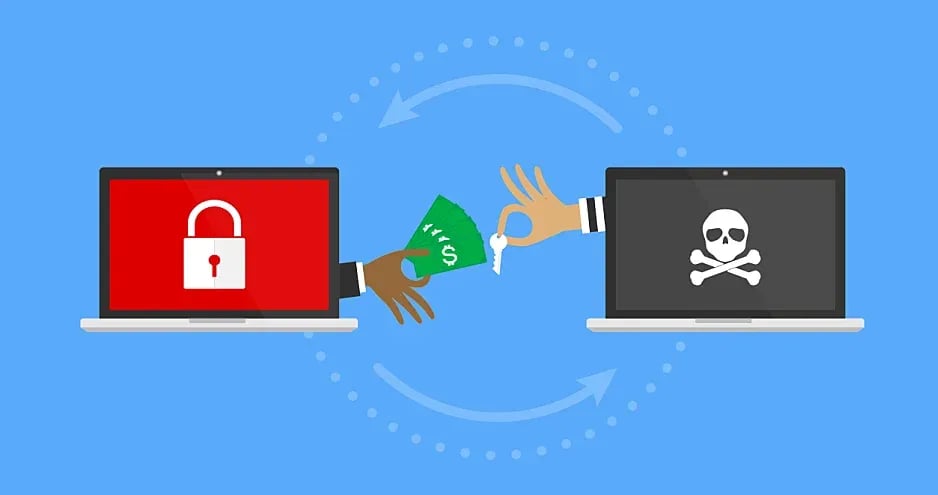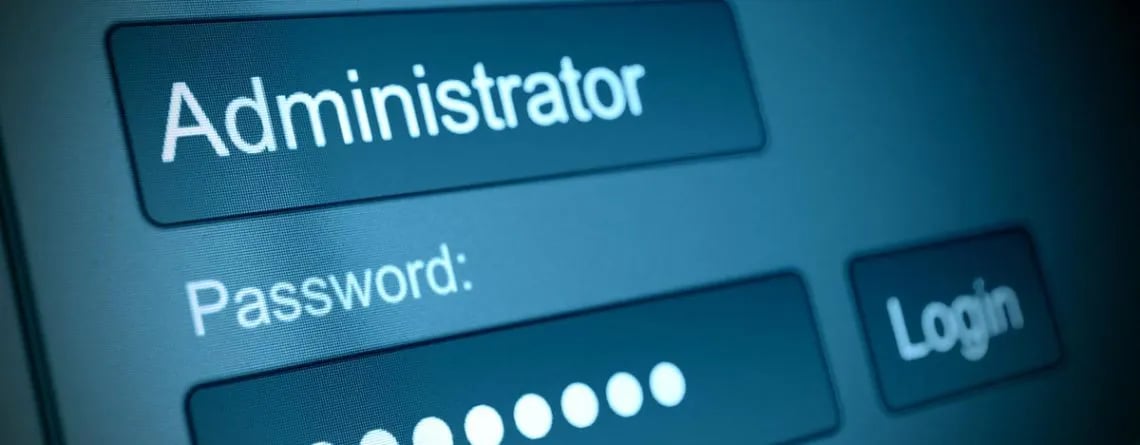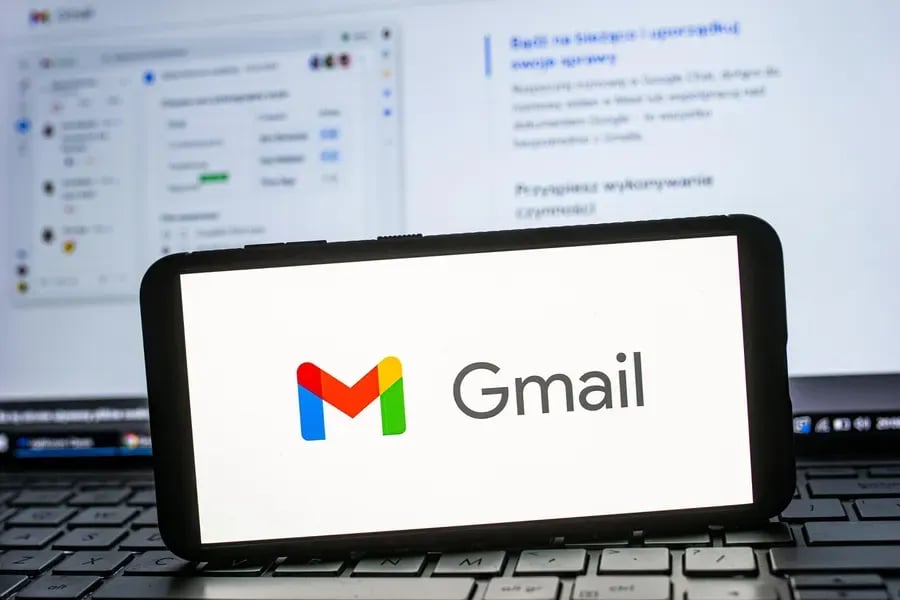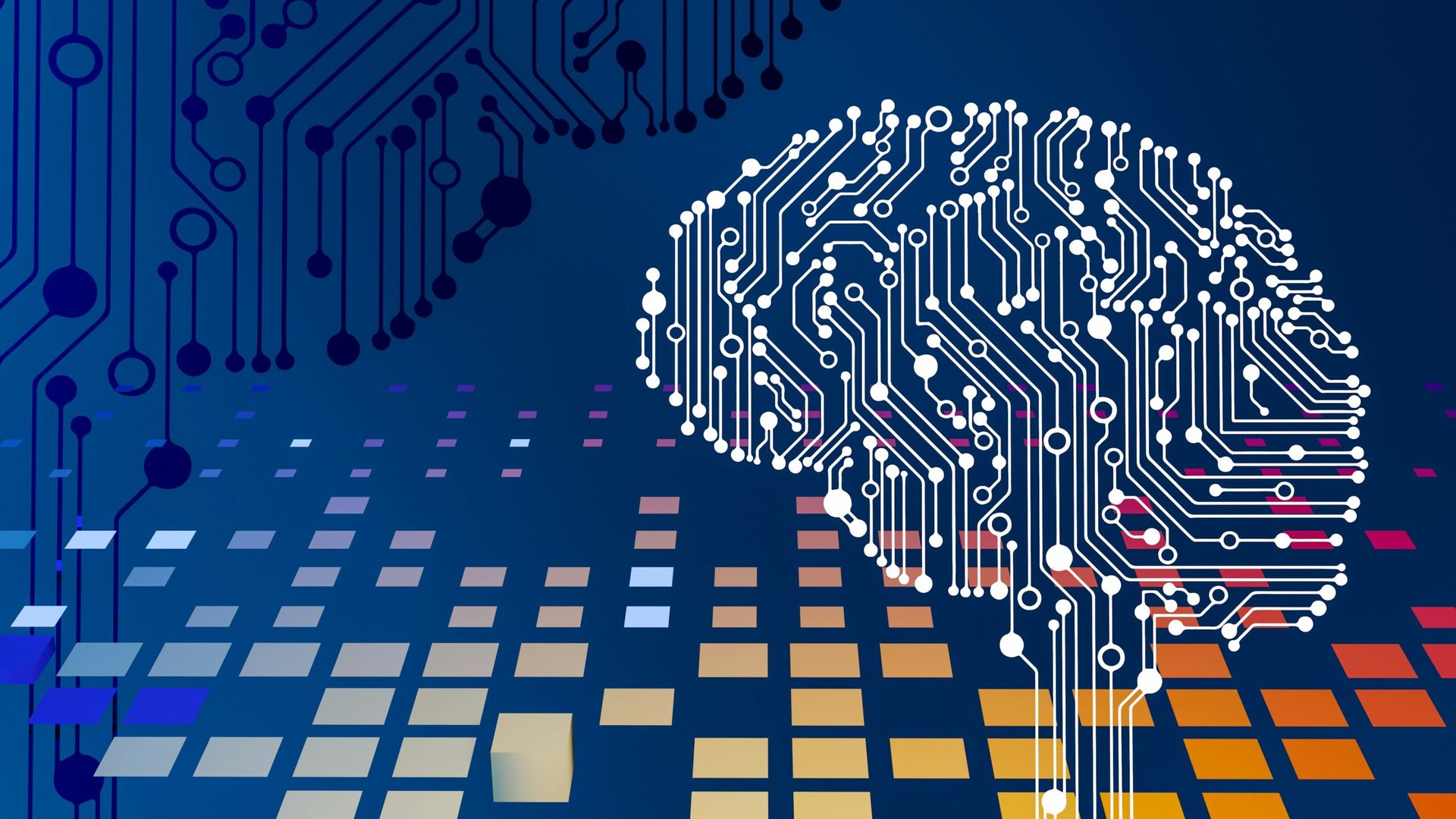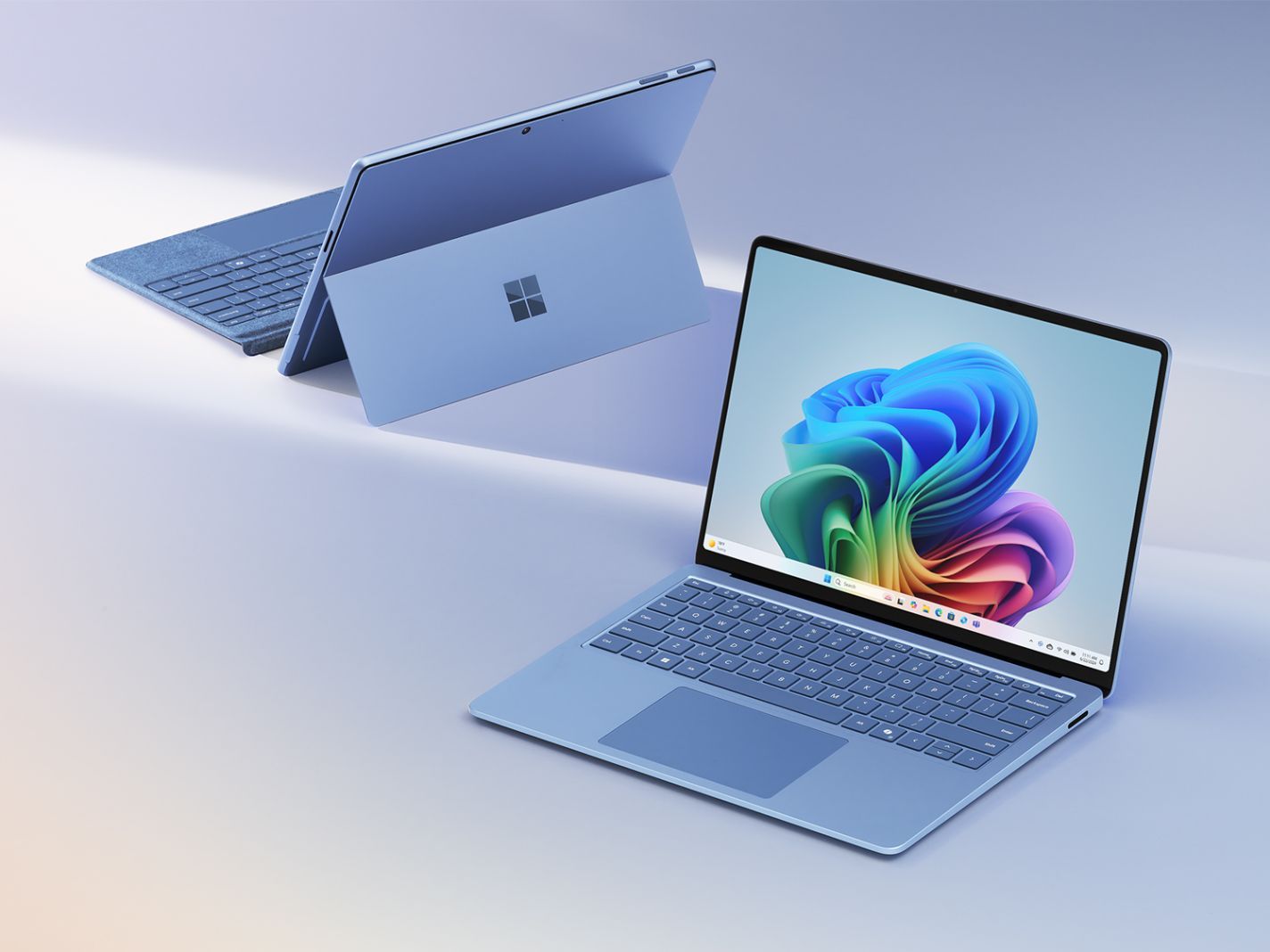Why Linux Might Be the Perfect Alternative for Aging Windows Machines
As Microsoft phases out support for older operating systems and requires newer hardware for Windows 11, many users are discovering their existing devices can’t make the jump. But rather than toss out a perfectly functional machine, there’s a powerful, secure, and user-friendly option waiting in the wings: Linux.
Modern Linux distributions like Ubuntu and Linux Mint have made enormous strides in recent years. They now offer clean, intuitive interfaces that feel familiar to anyone who has used Windows. The learning curve has flattened significantly—installing apps, connecting to Wi-Fi, printing documents, or updating your system is now just as easy as it is on Windows or macOS.
Even better, Linux is secure by design. You’re far less likely to encounter viruses, ransomware, or spyware. System updates are consistent and transparent, with users in control. And unlike older versions of Windows that often slow down over time, Linux tends to stay responsive—even on hardware that’s several years old.
Driver issues, once a major obstacle for new users, are largely a thing of the past. Most common hardware—keyboards, mice, printers, Wi-Fi adapters, and displays—just work out of the box. Linux supports a huge range of hardware, especially older machines that are no longer supported by Windows 11.
For many people, the majority of their daily computing is now cloud-based—email, documents, spreadsheets, file sharing, and even video conferencing. Linux handles all of it. Microsoft 365 and Google Workspace both function well through any modern browser, and tools like OnlyOffice offer a powerful, locally installed Office alternative that’s fully compatible with Microsoft formats.
So if you’re holding onto a laptop or desktop that can’t be upgraded to Windows 11, don’t assume it’s time for the recycling bin. Give Linux a try—it’s fast, secure, and familiar, and it just might breathe new life into your older machine.
Bibliography:
- Canonical. (2024). Ubuntu Desktop: Features & Benefits. Retrieved from https://ubuntu.com/desktop
- Linux Mint Team. (2024). Why Linux Mint? Retrieved from https://linuxmint.com
- Microsoft. (2023). Use Microsoft 365 on Linux. Retrieved from https://support.microsoft.com
- Google. (2024). Google Workspace in your browser. Retrieved from https://workspace.google.com
- OnlyOffice. (2024). OnlyOffice Desktop Editors. Retrieved from https://www.onlyoffice.com/desktop.aspx
- Warren, T. (2021). Microsoft is making it harder to upgrade to Windows 11. The Verge. Retrieved from https://www.theverge.com
- Krishnan, R. (2023). Reviving Old PCs with Linux: What You Need to Know. TechRepublic. Retrieved from https://www.techrepublic.com
- Vaughan-Nichols, S.J. (2023). Why Linux is now a genuine Windows alternative. ZDNet. Retrieved from https://www.zdnet.com
- Larabel, M. (2024). Linux Kernel Continues to Improve Hardware Support. Phoronix. Retrieved from https://www.phoronix.com



